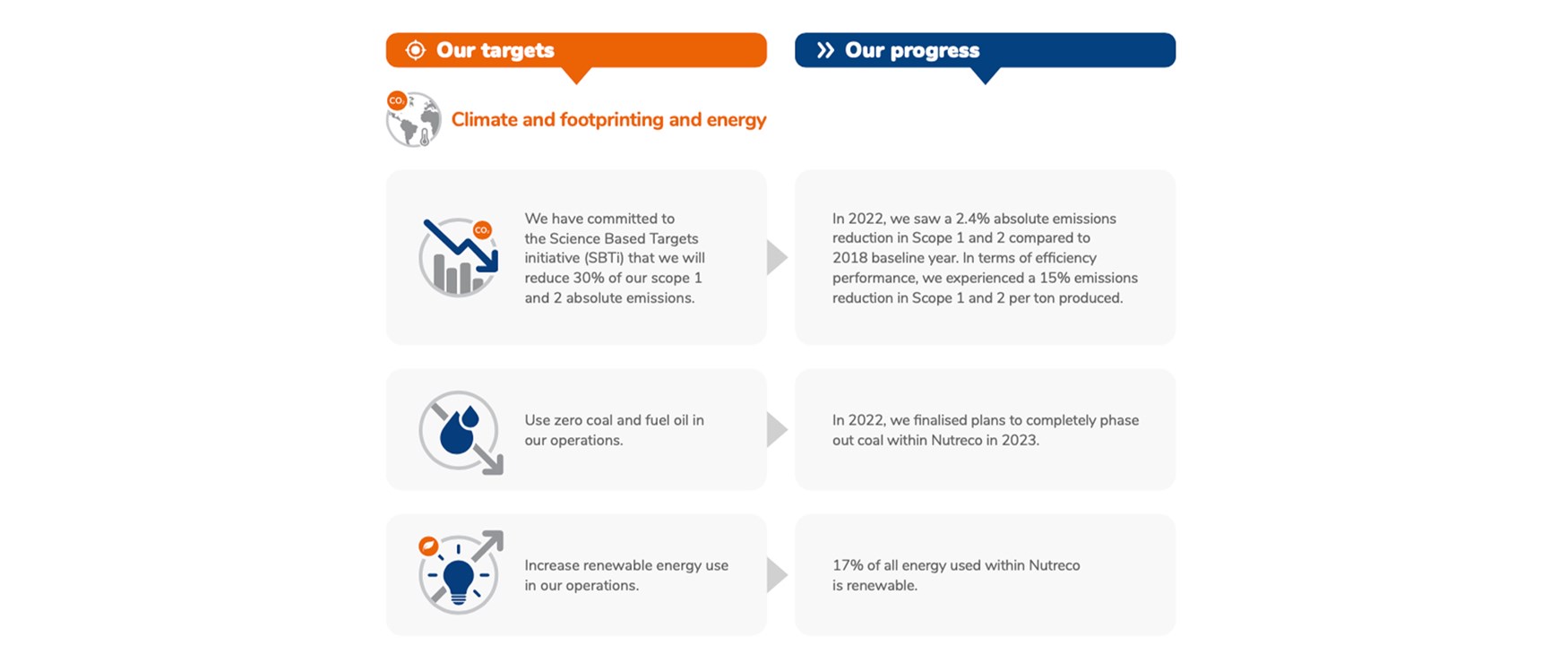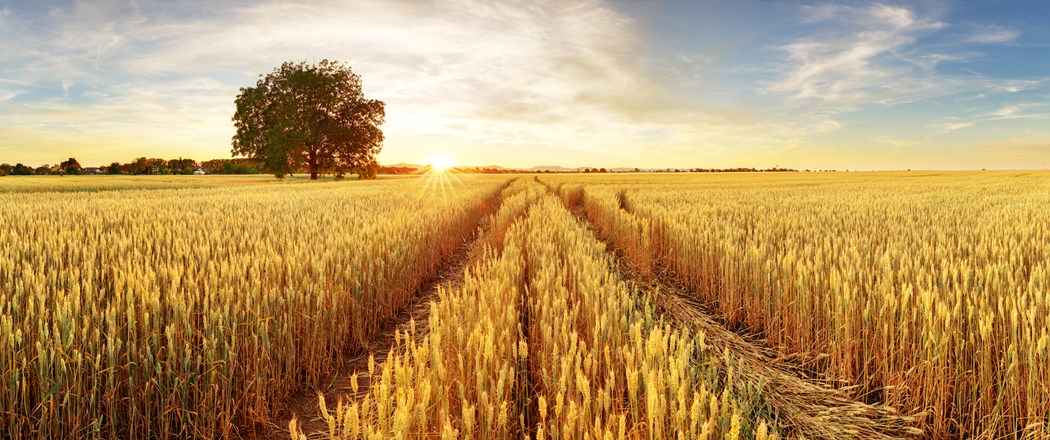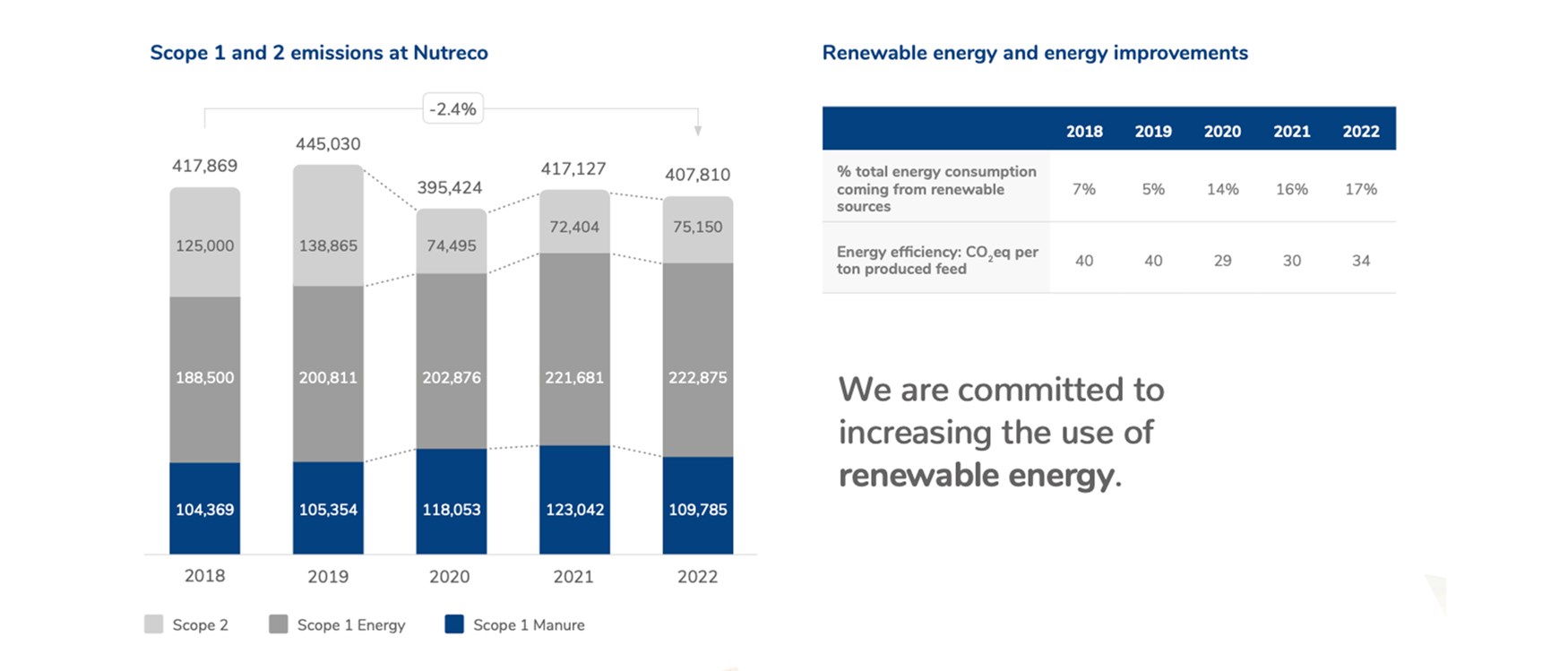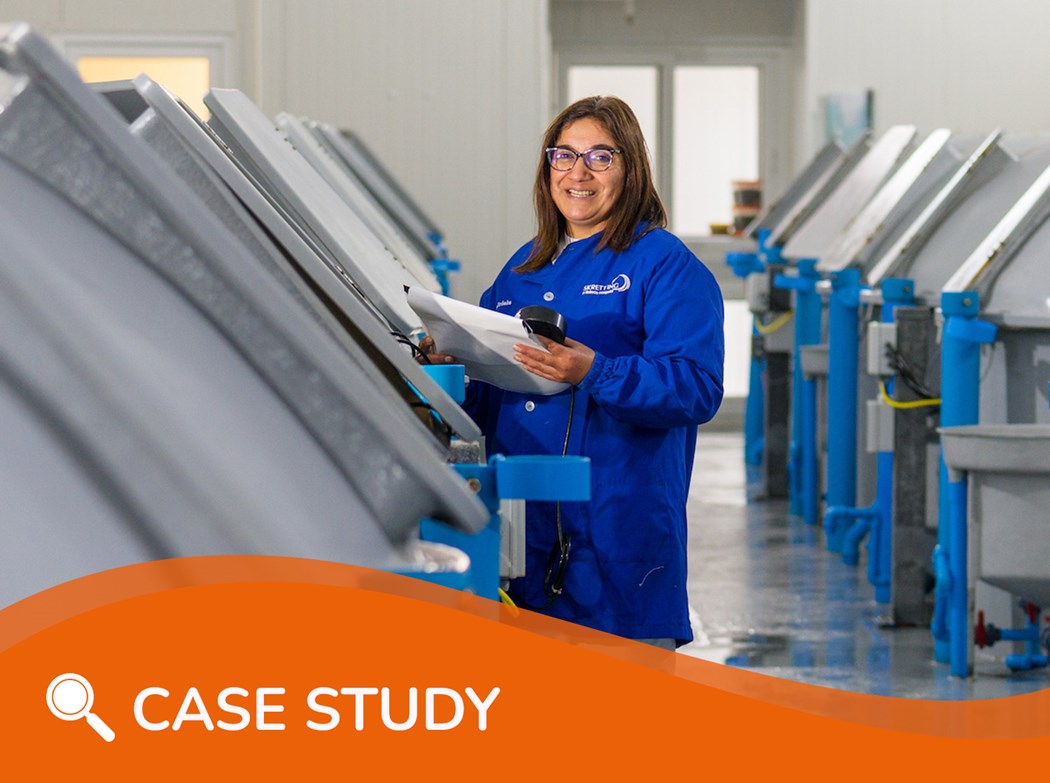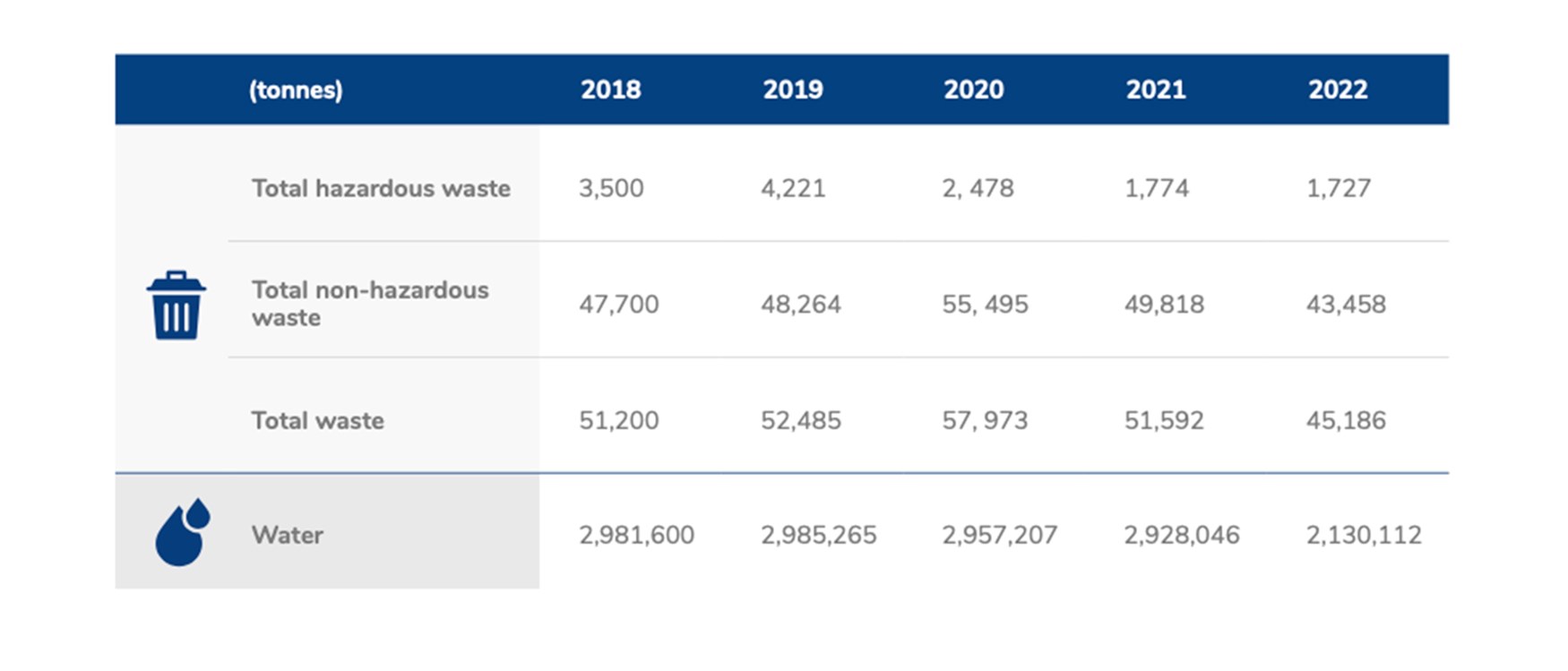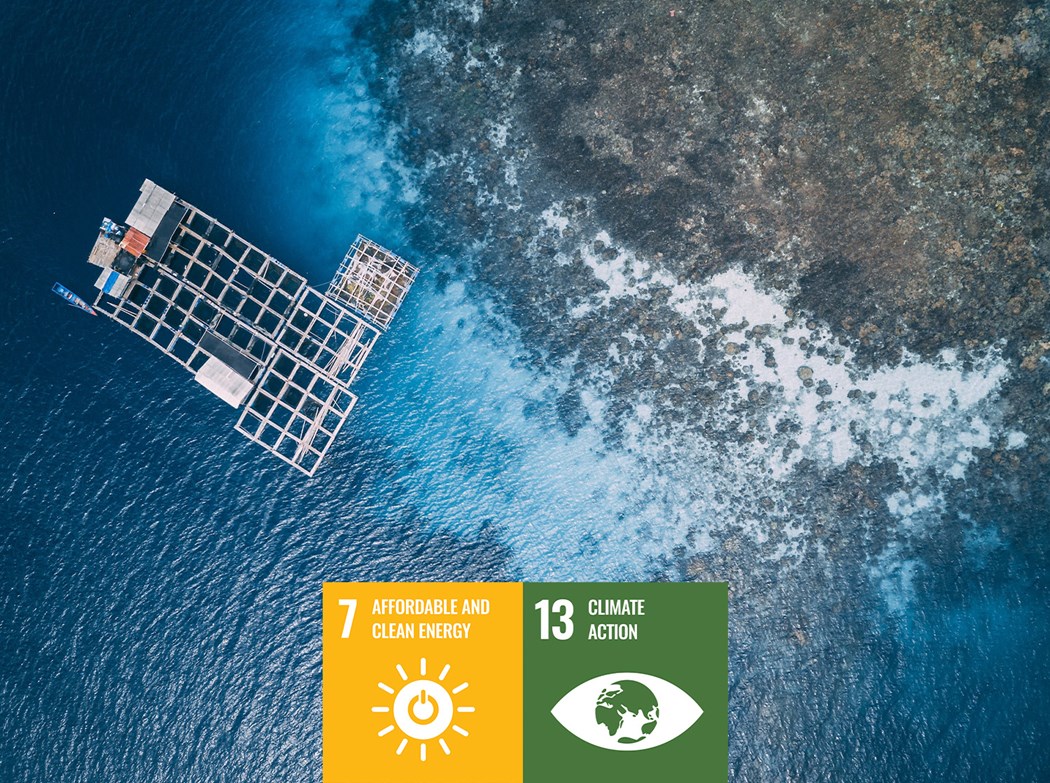
At Nutreco, we are working to reduce greenhouse gas (GHG) emissions, not only within our own operations but also across the value chain by supporting our partners in reducing emissions within their businesses. Understanding our impact through carbon footprinting is a fundamental part of how we do this.
Nutreco is committed to reducing emissions in line with science-based targets. The GHG Protocol differentiates three different scopes categorising GHGs according to the power of influence a company has over them. Scope 1 covers the direct emissions within the company’s direct control; scope 2 covers the indirect emissions related to purchased electricity, steam or heat; and scope 3 covers all other indirect emissions, including purchased raw materials.
Improving our impact in our own operations
We have the most control over the emissions that happen in our own operations (scope 1) and that relate to energy we purchase (scope 2).
